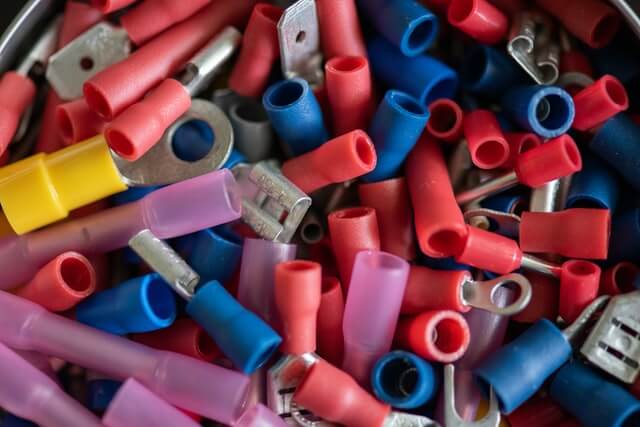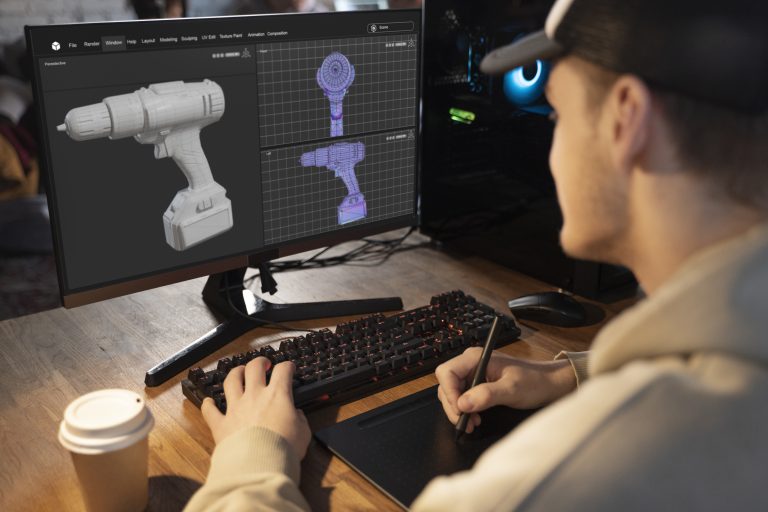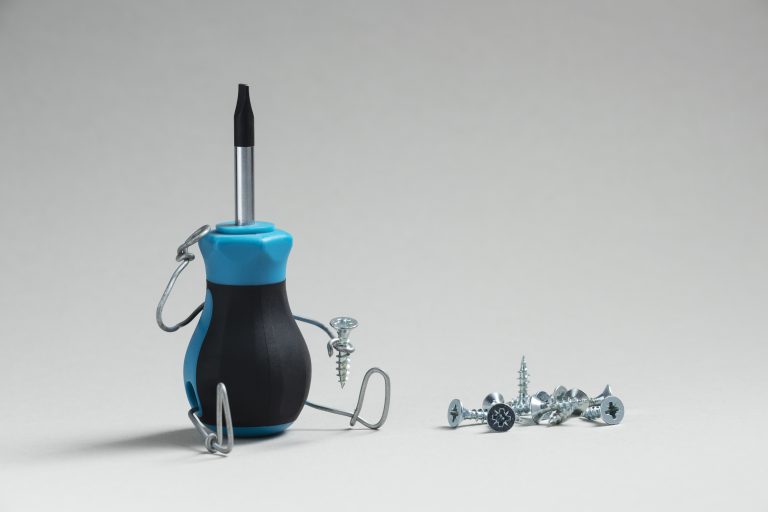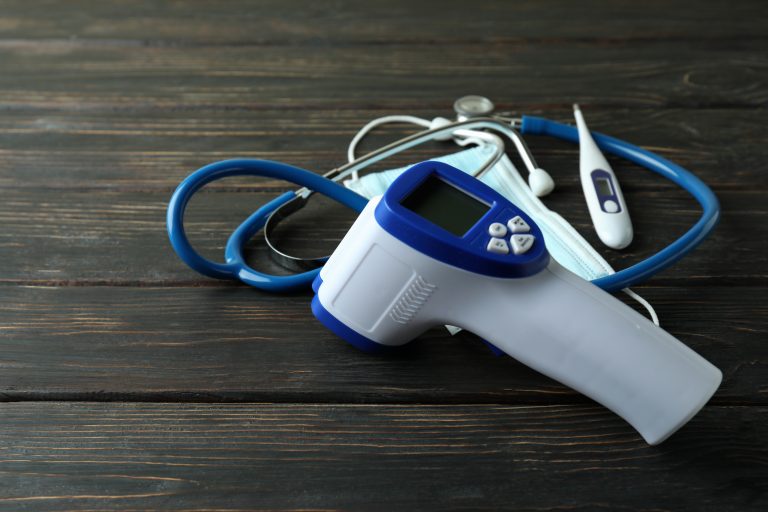Plastic injection moulding products are used all over the world across multiple sectors. This is because they are versatile, hard-wearing and easy to design to highly accurate specifications. The plastic injection moulding process itself is efficient and effective, offering the capacity for large-scale production, as well as bespoke, one-off projects.
How plastic moulding works
There are various methods of plastic processing available, including injection moulding, extrusion and blow moulding. The plastic injection moulding technique involves pouring melted plastics into a rigid mould, which is shaped to form the required part or component. Polymer pellets are fed into a hopper before being melted so that they can fit the mould. The mould is secured and the plastic left to cool and harden. The final product is then released and quality tested.
Plastic injection moulded products can be made in a huge array of colours, finishes and polymers. The two main types of plastic materials used are polypropylene homopolymer and polypropylene copolymer. Each has different properties and benefits, including chemical and impact resistance, strength and stress crack resistance, high processability and durability. More information can be found here.
Application of plastic injection moulding products
As already mentioned, plastic injection moulding products can be found all over the world being used by most, if not all industries. Some examples of industries and how they use this type of products include:
Packaging
The food and drinks industry uses plastic injection moulded products for packaging such as trays, boxes, shrink wrap, bags and protective layers. They are lightweight, hygienic and can be hermetically sealed to keep the contents contamination-free. The versatility of the end products also make the plastics useful for rigid packaging, point of sale and advertising materials. Other things that can be packaged in this way include tobacco, electrical appliances, toys, clothing and electronic devices.
Medical and healthcare
Uses for plastic injection moulding products across the medical and healthcare sectors is vast. Here, the materials are prized for their hygienic surfaces and ease of cleaning, their versatility and their resistance to bacteria and germs.
Examples of medical and healthcare products include syringes, vials, petri dishes, diagnostic devices and medication bottles. Also PPE, surgical equipment, implantable devices and stents.
Textiles
Plastic injection moulding products in the fast-moving textiles industry include tape strapping, plastics ropes and twines, sports clothing shoes and bags, sunglasses, watch straps, tote bags and beach shoes. The plastics offer good colour fastness, waterproofing and resistance to fading from UV rays from the sun or damage from bacteria mould and heavy usage when being worn, carried or used.
Automotive, transport and logistics
Use of plastic injection moulding products is commonplace in automotive manufacturing. Components are widely used in cars, vans and lorries, as well as other modes of transport such as boats and aeroplanes.
Electronics
The electronics sector uses plastic injection moulding products for several different applications This is because the finished products can be designed to highly bespoke specifications, with a huge choice of finishes, textures, shapes and colours. They offer good insulating properties too. Some uses for plastic injection moulding products in the electronics sector include smartphone and tablet components, battery casings, printed circuit boards and charging devices.
Industry and construction
The construction industry uses plastic injection moulded products for both large and small applications. So, they can be found inside heavy-duty machinery and furniture, as well as in decorative fixtures, fittings and tools.
Plastics are also useful for heavy-duty packaging to protect construction materials or industrial equipment before it is put into use. Warning and other signage is also often made using plastic injection moulding techniques for maximum impact.
Pros and cons of plastic injection moulding
As with any manufacturing process, there are advantages and disadvantages to using plastic injection moulding to make required products. Advantages include the capability for large-scale production in a relatively short period of time, as well as the possibility of creating one-off prototypes using the same technique.
Multiple parts can also be created to accurate specifications and with precise uniformity. There is a vast choice of colours, designs and finishes available for excellent versatility. Materials used are readily available and offer good durability, strength and resistance to damage from UV rays, chemicals and general wear and tear.
Disadvantages include the fact that some polymers may be more difficult to recycle, making them a less environmentally-friendly option. There can be a higher initial cost setting up the machinery and designing bespoke moulds, plus the lead time can also be affected if the project is complex or intricate. Anything that introduces an undercut or locks the mould must be designed with extreme care.





